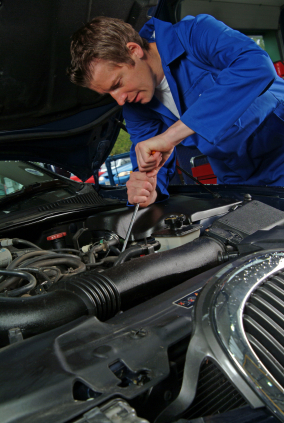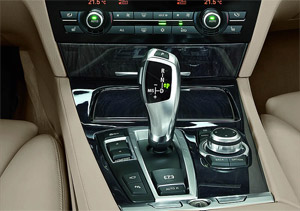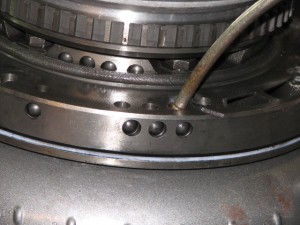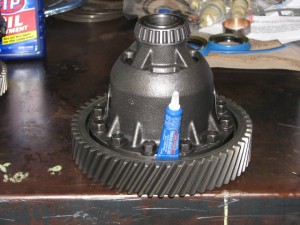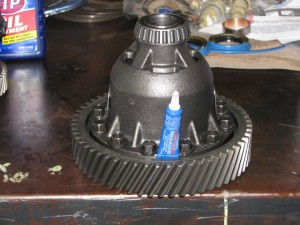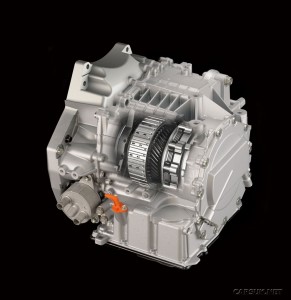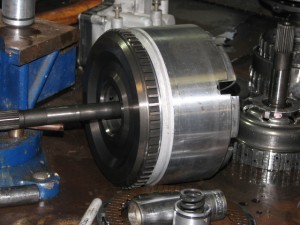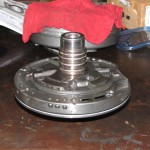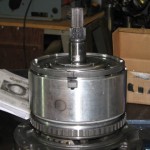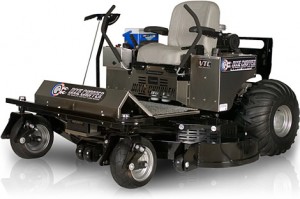
Hydroststic Transmissions-Dixie Chopper
There is nothing new-fangled about hydrostatic
transmissions. They have been around for a long time. Nevertheless, it is among the least understood of all transmission types. It is common for it to be compared with the automatic transmission in an automobile. They are different animals altogether. The only similarity is that they both use oil to transmit power.
Used in commercial equipment such as John Deere lawnmowers and other quality commercial brands, all the way up to the giant machinery used in small spaces in construction work. Not generally associated with speed, as opposed to moving equipment at slow speeds and operating much of the related equipment.
Tech types describe a hydrostatic transmission as being a variable-displacement hydraulic pump, driving a fixed-displacement hydraulic motor. Now, to the un-initiated, that’s a bunch of gobblety-gook. So let’s s t r e t c h that explanation out a little bit.
Any hydraulic pump’s sole purpose in life is to deliver a certain amount (volume) of fluid to some other device, which in turn moves whatever is attached to that device, causing work to be performed. This can be either through linear motion, as in a hydraulic cylinder, or rotary motion, as in a hydraulic motor. If we want to control how quickly our device moves (or rotates), one way we can do that is to vary the amount of oil that the pump sends to it. If our pump is delivering four gallons a minute, things will happen four times faster than if we only pump one gallon a minute. Makes sense, right? Since we can control our pump’s output, we can control the motor’s speed.
Now, unless we just want to go around in a circle all day long, we’ve got to figure out how to change directions. No problem. Most hydraulic motors don’t care whether they are turned clock-wise or counter-clockwise. (They are stupid, don’t even know the difference). Since a hydrostatic transmission operates in what is called a closed loop system, consisting of the pump and motor units, we simply reverse the direction of flow from the pump, causing the motor to operate in the opposite direction. Oh, by the way, closed loop means that a fixed amount of system oil is trapped, or contained, within the pump/motor circuit.
The greatest advantage of a hydrostatic transmission is the ability to infinitely vary the ground speed and quickly change directions. It’s like having a million speed transmission. If you need a travel speed of 1.30378 MPH, it is available. Another advantage is reliability. This transmission is, by way of design, pretty much self-protecting from operator abuse.
Hydrostatic is, by far, the best choice for turf mowing applications or for any tasks that require constant speed and direction changes within a small area. As an example the zero turning radius lawnmowers like the ones Dixie Choppers makes, John Deere and Gravely. Of course they cost two to three times as much as a homeowners lawnmower.
We hope you enjoyed this post. remember, GotTransmissions.com is your best choice when it comes to automotive related transmissions, Call us now at 866-320-1182 for all of your engine replacement needs.
